|
Today marks the final chapter of one of BART’s most historic Legacy Cars: the Fremont Flyer. The Fremont Flyer was originally known as A car 143, the 48th car off of the Rohr assembly line in Chula Vista, CA. The car was delivered to Hayward Yard on August 31, 1972, less than two weeks ahead of BART’s opening day, and underwent testing to ensure the car was ready for revenue service – or so it was thought. The shiny new 143 entered revenue service on October 2, 1972, filling in for two broken down trains. Dispatched as Train 307, a short two car train with A cars 143 and A car 118 – the latter was a “Day One veteran” – headed south from Hayward Yard to Fremont station (143 leading), thence to MacArthur (118 leading), the northern terminus at the time. Train 307 then headed south to Fremont. While approaching the A85 interlocking just north of Fremont station, the train received a 27-mph speed code – one of eight discreet speed codes on the BART ATC system – to ensure the train would safely cross over from track 1 to track 2 and stop within the platform. Unbeknownst to anyone on the train, a tiny yet faulty crystal, controlling an oscillator on a printed circuit board, incorrectly decoded the speed code to mean the train should speed up to almost 70 mph – which it achieved. Crossing over the A85 interlocking at 66 mph, the train attendant recognized something was amiss and did all that was possible to stop the train (including pressing the stop button so hard he broke the mounting and pushed it through the console). Even then, the braking was inadequate; the train sped through the center of platform 2 at 42-50 mph and impacted the sandpile at about 26-33 mph (sources debate speeds), continued and landed in the parking lot – short of a stop sign. Injured riders and the train attendant were rushed to the nearby Washington Hospital. The accident brought national attention to the safety of BART, alongside significant changes to carborne ATC equipment and changes across the system. Such changes included, but were not limited to, additional circuitry to ensure the decoding of the correct speed code, alongside the addition of wayside markers showing where a train should start braking and the maximum speed. Years of revisions and refinement to the ATC system following the Fremont Flyer incident has made BART a safer system for all who ride it. A car 143 never carried another paying rider but it found a new life as a B car. In fact, the damage was severe enough for the BART forces to recommend salvaging parts and scrapping the car. Fortunately, BART engineering know-how was on its side and the 143 was repairs and converted into B car 826 by Hayward Shop forces by the end of 1981. It then rolled again, this time as a standard B car for about 20 years. As part of the A and B car refurbishment of the A and B cars during the turn of the century, B car 826 was rebuilt and renumbered into B2 car 1826. In its final years, it was assigned to Concord yard and seen in the middle of long Yellow line trains. After this major incident, but then a successful repair and conversion, old 143 carried thousands of passengers millions of miles. BART is currently replacing their Legacy Cars with the Fleet of the Future cars. The Fremont Flyer was no exception to this, and after 50 years since it first entered revenue service, this car was decommissioned. BART forces also recognized the historical importance of this car, and invited Western Railway Museum volunteers to preserve artifacts from this car for posterity and for use in the future Rapid Transit History Center. WRM volunteers were able to identify the Y end (once cab end) exterior and interior number plates, the ADtranz rebuilding plate (c. 2001), and a seat. These artifacts will help tell us tell the story of one of the most historic transit vehicles of the BART legacy fleet. This article was written by ATP Transit for the Western Railway Museum.
0 Comments
At about 10:15 AM, Monday, October 2, 1972, Train 307 from MacArthur, with brand new A car 143 leading and "Day 1 veteran" A car 118 trailing, overshot Fremont station and plowed into the parking lot, injuring four passengers and the train attendant. Fortunately, Washington Hospital is next door to Fremont station so the response was timely. This accident was attributed to a faulty 27 mph crystal oscillator on a printed circuit board, which instead of signaling the train to slow down to 27 mph, sped it up to almost 70 mph (66 mph when at A85 gate C). The train attendant did all that was possible to stop the train, but even then, the braking was inadequate; the train was speeding through the center of platform 2 at 42-50 mph and impacted the sandpile at about 26-33 mph (sources debate speeds), landing in the parking lot. The accident brought national attention to the safety of BART, alongside significant changes to carborne ATC equipment alongside changes at Fremont station. A car 143 never carried another rider but it found a new life as a B car. It was converted into B car 826 by Hayward Shop forces by the end of 1981, and rolled again, this time as a standard B car. As part of the A and B car rebuilding during the turn of the century, B car 826 was rebuilt and renumbered into B2 car 1826. As of August 2022, it is assigned to Concord yard and can be seen in the middle of Yellow line trains, from time to time. A keen eye may recognize a few scars from its ill-fated trip a half century ago. B2 car 1826, in my opinion, has earned a place as one of the most historical transit vehicles in history.
Photo credits belong to the Prelinger Library (Therkelsen clippings) and Western Railway Museum, and a private collection. |
About
"The Two Bagger" is meant to be a place to store more "blog" style posts on various cars, pictures, and random tidbits/trivia. At BART, a "two bagger" is a rather informal name for a two car train. Two car trains rolled in revenue service back in 1972. Archives
July 2024
Categories
All
|






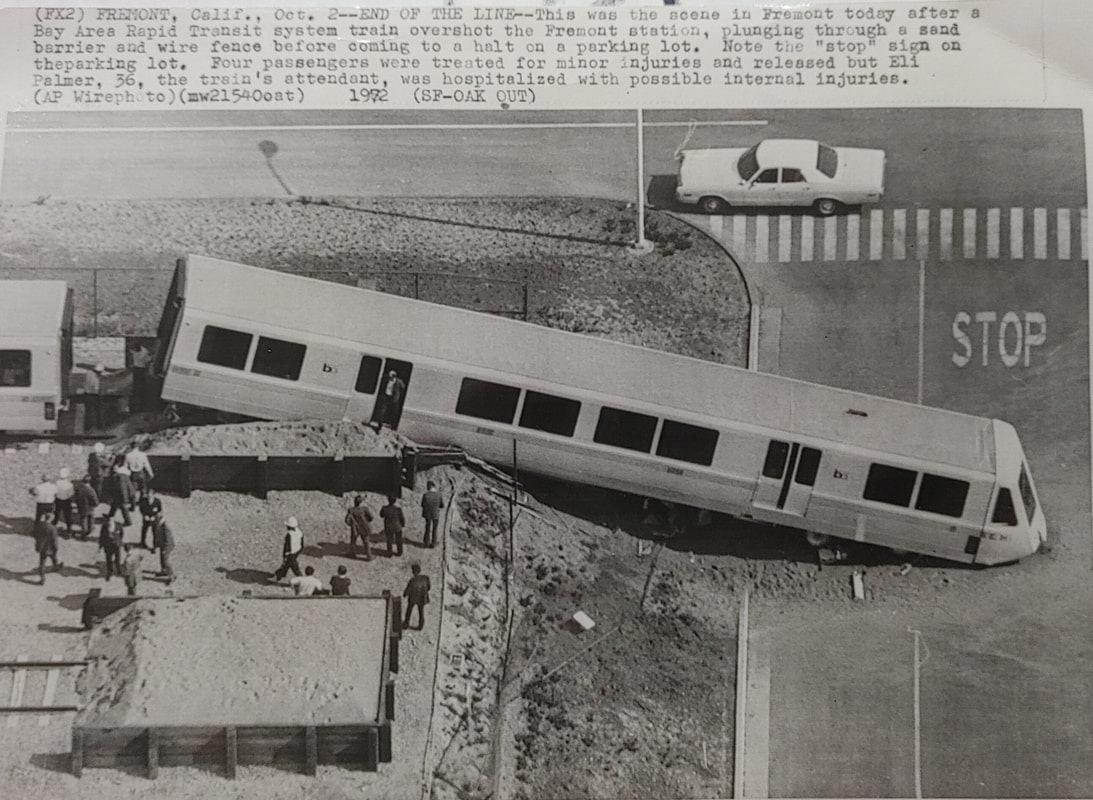

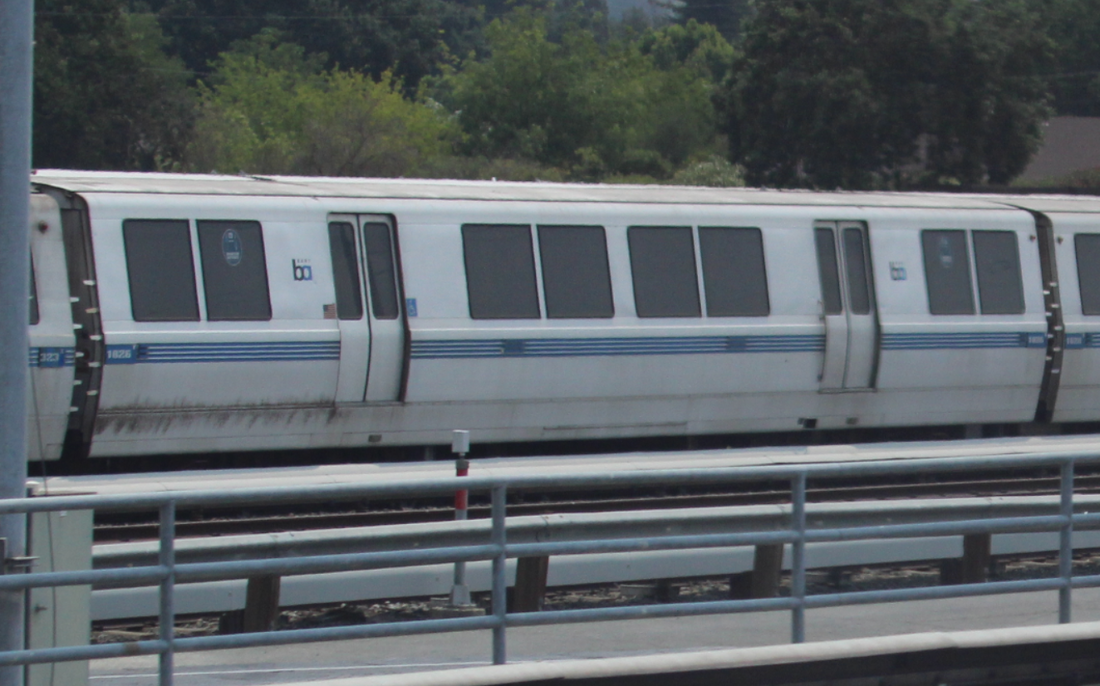









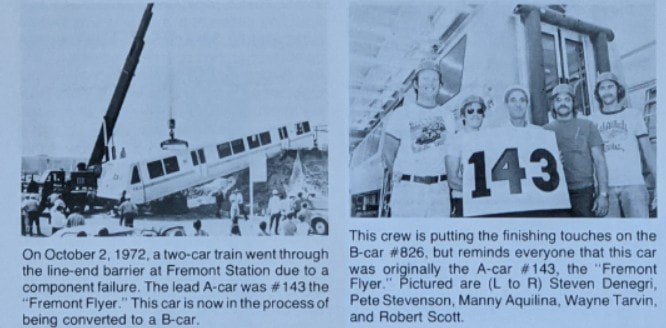
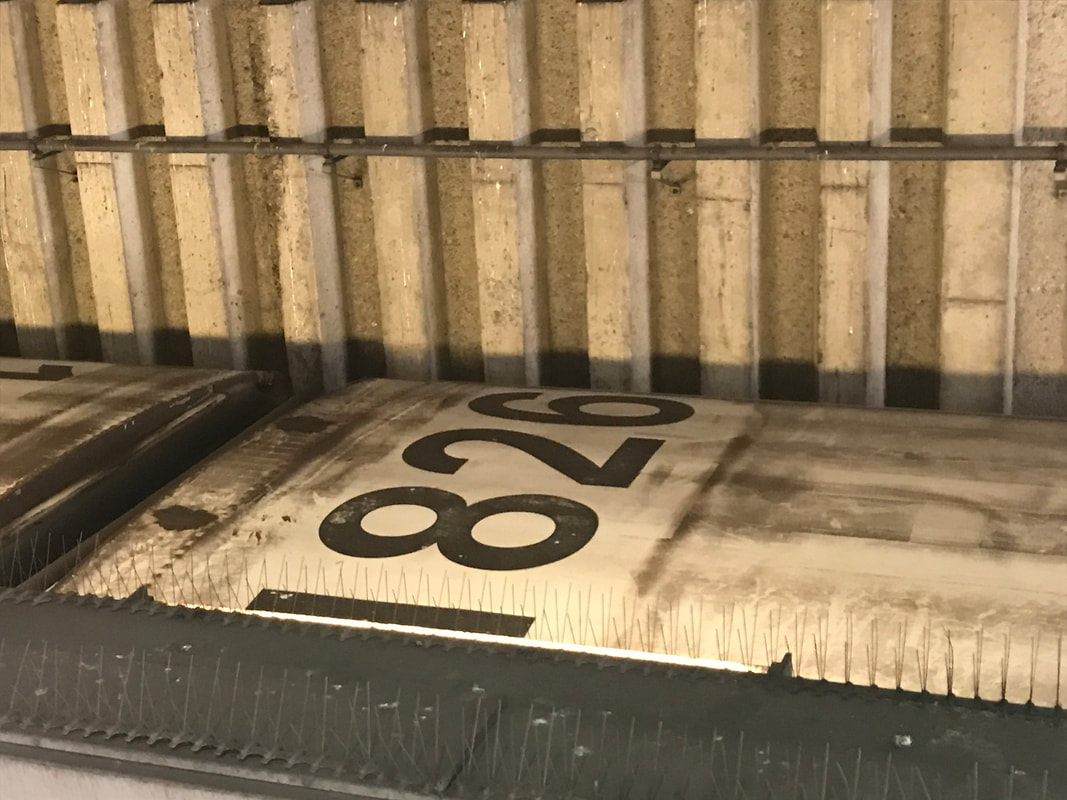
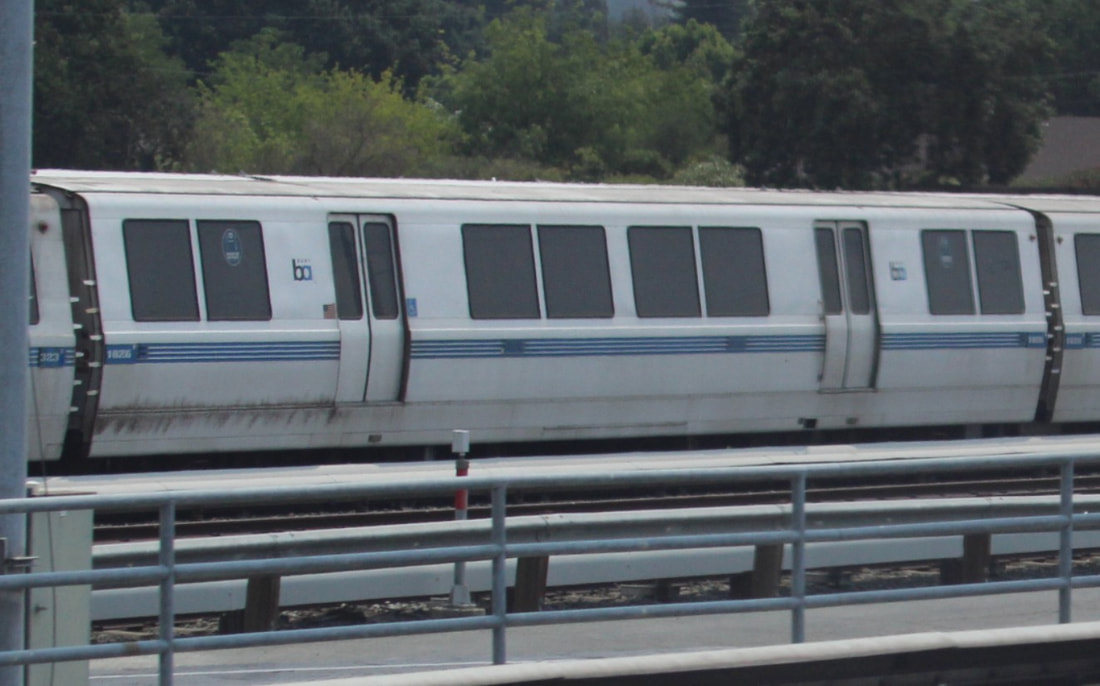
 RSS Feed
RSS Feed
